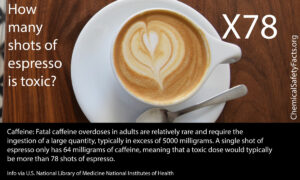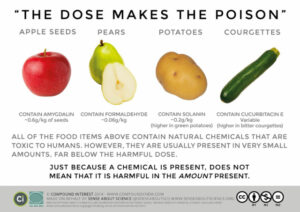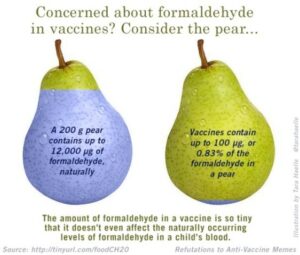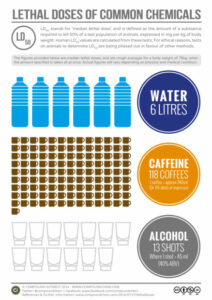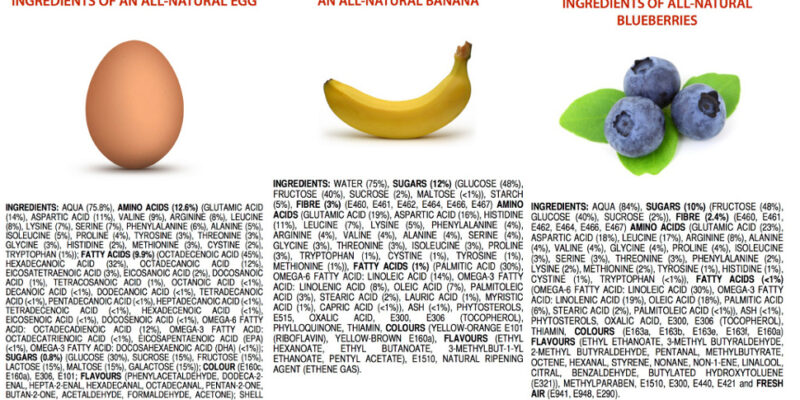Nearly 500 years ago, Swiss physician and chemist Paracelsus expressed the basic principle of toxicology: “All things are poison and nothing is without poison; only the dose makes a thing not a poison.” This is often condensed to: “The dose makes the poison.” It means that a substance that contains toxic properties can cause harm only if it occurs in a high enough concentration.
In other words, any chemical—even water and oxygen—can be toxic if too much is ingested or absorbed into the body. The toxicity of a specific substance depends on a variety of factors, including how much of the substance a person is exposed to, how they are exposed, and for how long.


